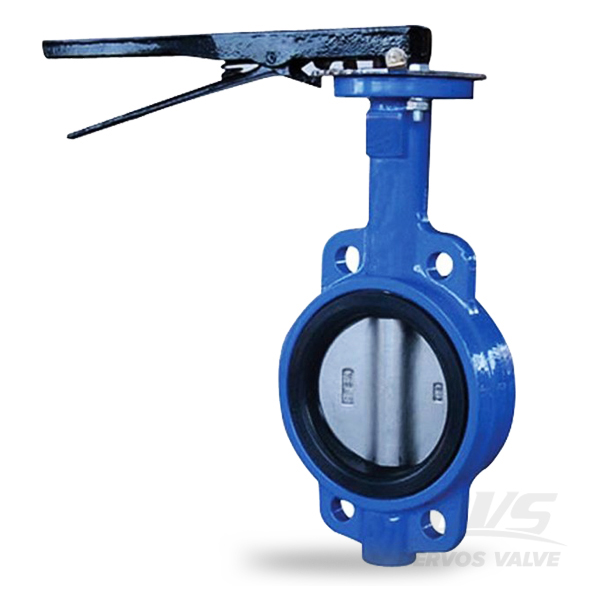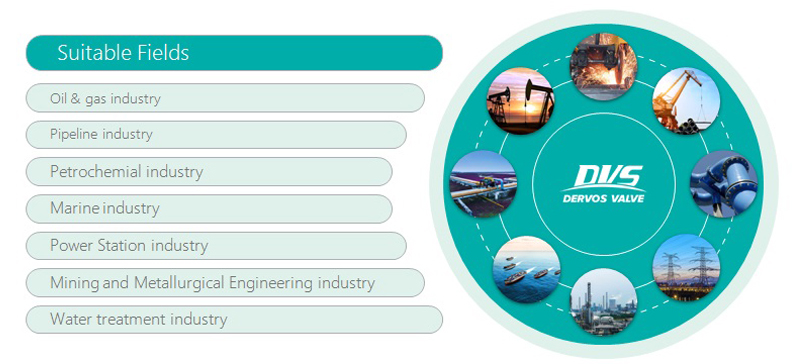Payment:
30% T/T When Order, 70% T/T Before ShipmentProduct Origin:
ChinaColor:
CustomizationShipping Port:
Tianjin ChinaLead Time:
30~55 days Ex Works After Order ConfirmationMaterial:
Cast Iron Butterfly Valve, Grey Iron Butterfly ValveMethod of Operation:
Lever Operated Butterfly ValveThe concentric lever operated butterfly valve is made of cast iron GG25, SS420 stem, and EPDM seat. The DN200 wafer butterfly valve is applicable for water.
Quick Detail
|
Type |
Butterfly Valve |
|
Nominal Size |
DN200 |
|
Nominal Pressure |
PN10 |
|
Structure |
Concentric Type, EPDM Soft Seated |
|
Connection Type |
Wafer Type |
|
Operation |
Lever Operated |
|
Design Code |
EN 593 |
|
Face to Face |
EN 558 |
|
End Connection |
EN 1092 |
|
Test & Inspection |
EN 12266 |
|
Body Material |
Cast Iron GG25 |
|
Temperature Range |
-15℃~+150℃ |
|
Application |
Water, Oil, Gas |
Available Modifications for Butterfly Valves
-Valve Nominal Pressure
-Valve Nominal Size
-Concentric Type and Eccentric Type
-Soft Seat, Multi-Layer Metal Seat, Fully Metal Seat
-Body & Trim Material
-End Connection (Double Flanged,Wafer, Lug)
-Available Operation (Bare Stem, Electric Actuator, Pneumatic Actuator, Lever or Wrench)
-Customised Coating
-Customised Packaging

Petrochemical Industry
We could also provide all kinds of valves in various materials, like stainless steel, Monel, titanium, and hastelloy to meet requirements of chemical industry.
Power Station Industry
Dervos could provide valves suitable for power station use with high pressure and temperature requirements.

If you are interested in our products and want to know more details,please leave a message here,we will reply you as soon as we can.